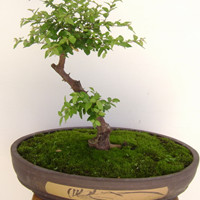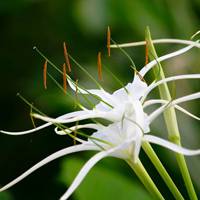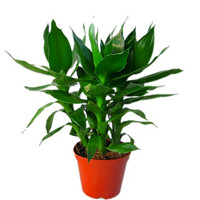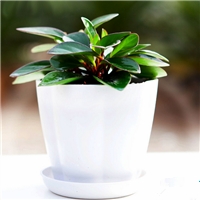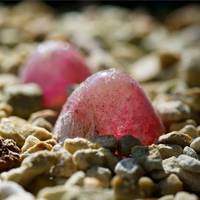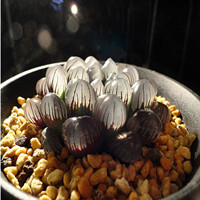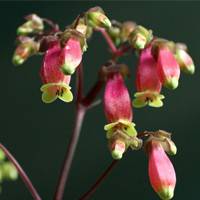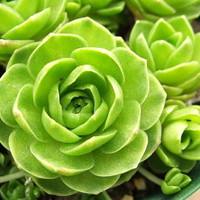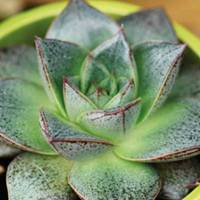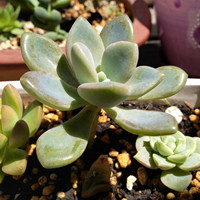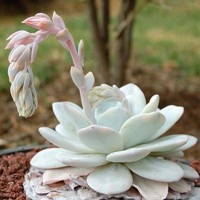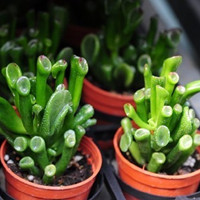How Does Water Get into Plants?
Plants need water to grow and survive, and they get it through a process called transpiration. This process is responsible for the movement of water and nutrients from the roots to other parts of the plant, like the leaves and flowers. Transpiration is a complex process that involves a combination of physical and chemical mechanisms that help plants absorb and transport water.
The Role of Roots in Absorbing Water
The first step of water absorption in plants occurs at the roots. Plants have special structures called root hairs that increase the surface area of the roots, allowing them to absorb more water from the soil. The roots also secrete a substance called mucigel, which helps to create a thin film of water around the roots, making it easier for them to absorb more water.
As the water is absorbed by the roots, it moves through the root tissues and into the xylem vessels. These vessels act like a transportation system, carrying water and nutrients to other parts of the plant.
The Process of Transpiration
Once the water is in the xylem vessels, it is transported to the leaves and other parts of the plant through a process called transpiration. During transpiration, water evaporates from the pores on the leaves, creating a negative pressure that draws more water up from the roots.
Transpiration happens mainly during the daytime when the sun is shining, and the air is warm and dry. This is because the warm and dry air helps to evaporate more water from the leaves, creating a higher negative pressure that pulls more water up from the roots.
The Role of Stomata in Transpiration
The pores on the leaves where water evaporates are called stomata. Stomata play a crucial role in regulating the movement of water in and out of the plant. They allow water vapor to escape from the plant, but they also help to control the rate of transpiration by opening and closing depending on the plant's needs.
When the plant needs more water, the stomata will open wider to allow more water vapor to escape, creating a higher negative pressure that draws more water up from the roots. When the plant has enough water, the stomata will close to prevent too much water loss.
The Role of Leaves in Transpiration
The leaves play an important role in the process of transpiration by providing the surface area for water to evaporate. The leaves are covered with a waxy cuticle that helps to reduce water loss and protect the leaf from damage.
Leaves also have a network of tiny veins that help to distribute water and nutrients throughout the leaf. These veins are connected to the xylem vessels that carry water from the roots to the rest of the plant.
Conclusion
In conclusion, water is essential for plant survival, and it is absorbed through the roots and transported to other parts of the plant through a process called transpiration. Transpiration is regulated by the stomata on the leaves, and it helps to maintain the plant's water balance by preventing too much water loss. Understanding the process of water absorption and transpiration is crucial for plant growth and can help gardeners and farmers ensure that their plants have enough water to thrive.

 how many times do yo...
how many times do yo...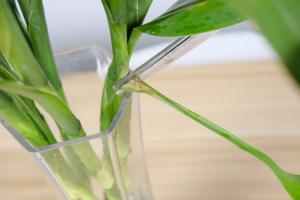 how many planted tre...
how many planted tre...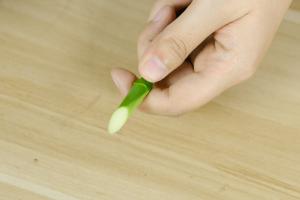 how many pine trees ...
how many pine trees ... how many pecan trees...
how many pecan trees... how many plants comp...
how many plants comp... how many plants can ...
how many plants can ... how many plants and ...
how many plants and ... how many pepper plan...
how many pepper plan...
